Amsadong Prehistoric Settlement
Many vestiges of prehistoric dwelling life can be found here, now restored and exhibited, and dating back to the Neolithic era (4,000 to 3,000 B.C.). Amsa-dong prehistoric housing site is the place where Korean ancestors of Neolithic age lived about 6,000 years ago. This is the largest housing site of Neolithic period in Korea and is found adjacent to assets from the Bronze Age. Archeological materials proving the start of agriculture have been found. This site began to be recognized when many pieces of comb-patterned pottery appeared around the damaged sand hill area of Hangang due to the flood in 1925.
Through painstaking restoration, 8 huts and 1 storage space of Neolithic origin have been recovered. You can see some excavated artifacts at the exhibition hall.

Tel. 02-3426-3867
Yeonsangun Tomb
Yeonsangun is a controversial Korean king who ruled during the Joseon period from 1495-1506. He was the first-born of King Seongjong who is buried in Seolleung. He is known for launching two purges of the seonbi elite, forcing thousands of women to serve as palace entertainers, and using the Seonggyungwan hall of study as a personal pleasure ground. Yeonsangun was overthrown for his excesses and did not receive a royal tomb. The 2005 movie The King and the Clown gives a new depiction of Yeonsangun and his deeds. The ground is surrounded by the Bukhansanseong Fortress and is an ideal location for a hike.
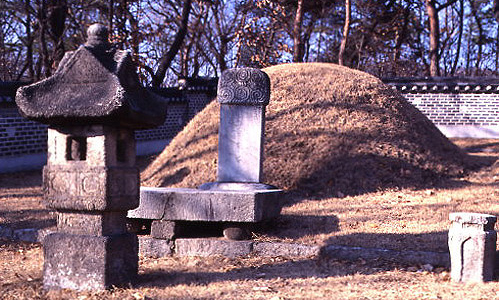
Tel. 02-2171-2594
Seolleung
Seolleung is the burial grounds for King Seongjong, and his wife Queen Yun. Seongjong is the grandson of King Sejong, the founder of the Korean alphabet Hangeul. He was born in 1457 and was crowned at the age of thirteen. He passed away at the young age of 38. Meanwhile Queen Yun died at age 69. The peaceful, expansive ground of Seolleung is ideal for a quiet stroll during midday.
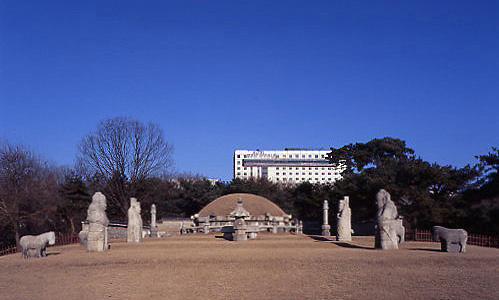
Tel. 02-568-1291
Introduction about the Village
The Pil-Dong area is where the Village of Traditional Houses is found at the northern foot of Namsan. During the Joseon period (1392-1910), the area was popular summer resort destination because of its water streams and Cheonu-Gak Pavilion. It was originally called Cheonghak-dong because it was a sighting spot for blue cranes. Cheonghak-dong was one of the five most beautiful places in Seoul along with Samcheong-dong, Inwang-dong, Ssangye-dong, Baekwoon-dong, due to its beautiful view. A traditional garden was created, complete with flowing river, pavilion, and trees in order to provide traditional sentiment to the people. There are five traditional Korean houses on a 7,934 square-meter land, including the house of Park Young Hyo, who was one of the owners of the eight largest mansions in Seoul and houses of commoners as well. Arranged furniture that is well-matched with the sizes of these Korean houses and the social status of their owners represent the lives of Korean ancestors. Visitors will find traditional pieces and crafts of artists who are designated by the government as Intangible cultural assets in exhibition hall.
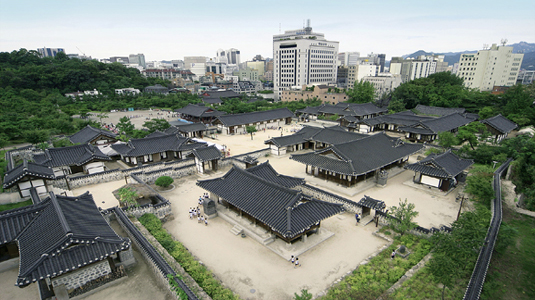
Tel. 02-2266-6923

Yaksasa 3-Story Pagoda
Located in the vicinity of the lovely Bangwha Park, the Yaksasa 3-Story Pagoda. As early as 1980, the Pagoda was designated Seoul Tangible Cultural Property Number 39. As the name would suggest, the pagoda is 3-story high and measures 4 meters. The base is a flat stone and on top of the foundation tower is the multi-storied pagoda. The pagoda resembles a column and dates back to the Goryeo Dynasty.
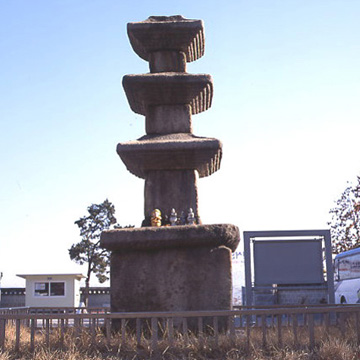
Fortress Wall of Seoul
It is a fortress that surrounded Seoul during the Joseon period (1392-1910). In the beginning of the Joseon dynasty, King Taejo wanted to move the capital to Seoul and built this fortress in 1395 in order to protect the capital. It destroyed all the parts that was built in sand and rebuilt it with stones and established more defense equipment of the fortress during repair construction in 1442. In 1704, it was rebuilt with bigger rectangular stones and piled up perpendicularly which shows that the skills of construction became modernized. It was destroyed by Japan during the colonial period (1910-1945) as well as during the Korean War (1950-1953). Only small parts of Fortress are left in Samcheong-dong and Jangchoong-dong area with other four main gates.
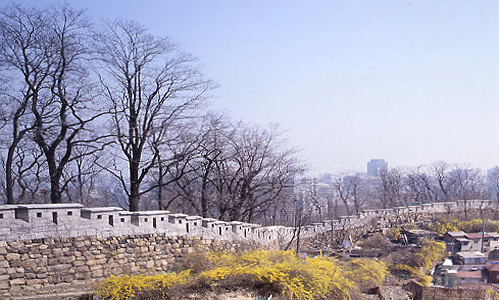
Tel. 02-2171-2594
Bukhansanseong Fortress
When Baekje formed its nation, the founders built Bukhansanseong Fortress in order to protect their country against invasions by Goguryeo. It was built in 132 and served as an important military base for Baekje to conquer the North. During the reign of King Woo, there was extensive renovation in 1387 after a severe battle with Mongolia. Overall, the fortress is about ten kilometers long and it used to include a palace, storehouses, and other military facilities that no longer exist. It also constituted water reservoirs as well as fourteen gates. This shows that the purpose of this fortress was to defend the country and be prepared for battles. Unfortunately, most parts of Bukhansanseong have been severely damaged during the Korean War and only some parts of the fortress can be seen today.
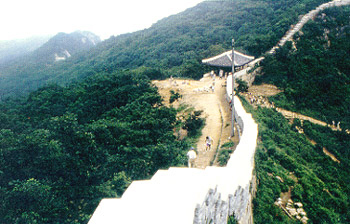
Tel. 02- 909-9497
|









